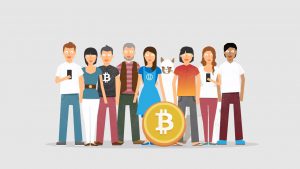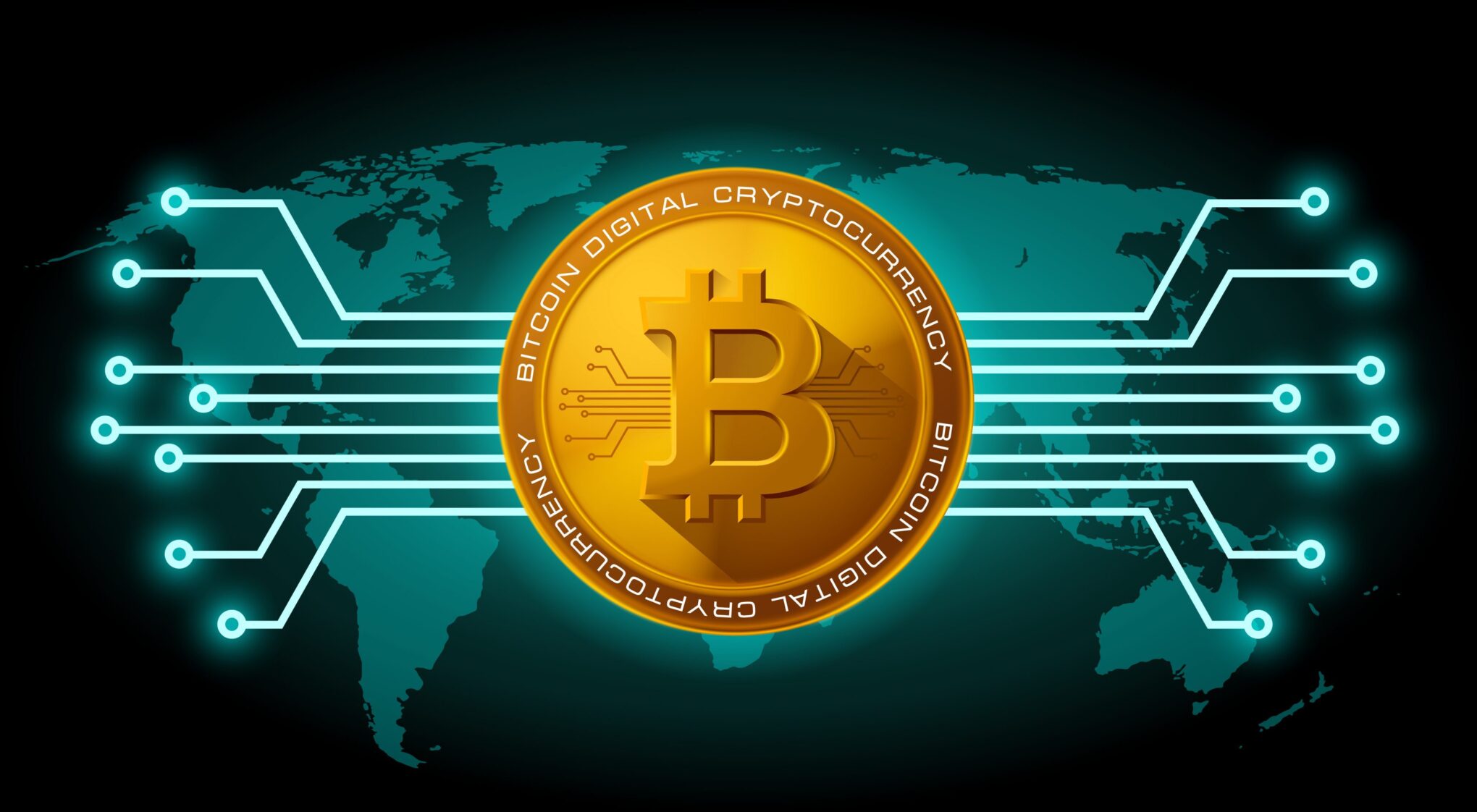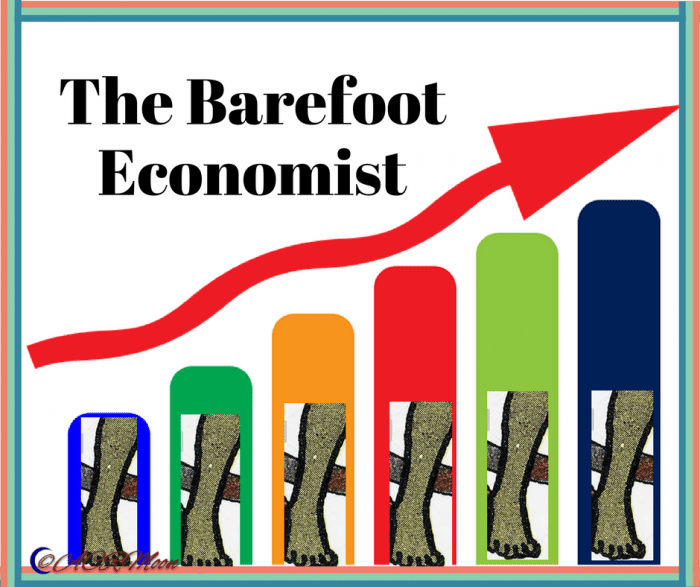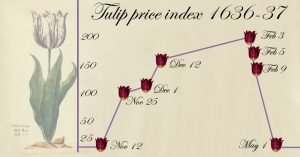Bitcoin is a virtual currency, which is generated through a mathematical formula by a computer software at regular time intervals. By 2040, 21 million bitcoins would be generated, explains Tarun, analysing how it works, in the weekly column, exclusively in Different Truths.
As I was leaving the clinic, my good friend, a specialist doctor asked, “So what do you think about bitcoin?” I was taken aback a bit. I had vaguely been aware of the cryptocurrency. All I knew was that it was the latest fad, and I was of the opinion that it would pass away. But when the doctor asked, it set me thinking. It had become serious, and I should write on it.
 Satoshi Nakamoto was the originator of bitcoin in 2007. Bitcoin proudly proclaims itself as the world’s first decentralised currency. Currency? I always thought that currency was issued by a central bank. Who is issuing this decentralised currency? Who is going to guarantee it? Who is going to accept it? These were the questions that came to mind immediately.
Satoshi Nakamoto was the originator of bitcoin in 2007. Bitcoin proudly proclaims itself as the world’s first decentralised currency. Currency? I always thought that currency was issued by a central bank. Who is issuing this decentralised currency? Who is going to guarantee it? Who is going to accept it? These were the questions that came to mind immediately.
Digging a little deeper, I found that bitcoin is a virtual currency, which is generated through a mathematical formula by a computer software at regular time intervals. By 2040, 21 million bitcoins would be generated.
Now, the main issue that concerned me was the interest of the doctor. Does Bitcoin have any real value? A currency has a value equivalent to the guarantee backing it. For example, the Indian rupee is backed by the guarantee of Reserve Bank of India, which in turn is guaranteed by the government of India.
A bitcoin is going to be guaranteed by the confidence of the people dealing in it. If the people are willing to accept it as a medium of exchange, then it is currency. There is no intervention to support or devalue its price or value, unlike the countries’ currencies, which are managed by central banks through various tools. That is why, it shot up in average value from $915 in January 2016, to $19000 in December 2017–a rise of 2076%! As I write this, bitcoin has corrected to nearly $14500.
Which brings me to the question of financial bubbles. Is bitcoin a bubble? Let me define a bubble. Like a  soap bubble, a financial bubble looks big, but is hollow inside, and is easily pricked. Every asset has an intrinsic value. But the asset seldom, if ever, trades at its intrinsic value. It either trades above, or below its intrinsic value. This intrinsic value is derived by taking into account historical price averages. A bubble is accompanied by certain common characteristics. All financial bubbles attract investments from people unrelated to that field, the prices keep on going up and up, there are always flimsy reasons to explain why it will keep going up, there is always some technological innovation to start that bubble, it takes years to develop, and at their peak, people tend to trade their family heirlooms for that “piece of action”. There are several bubbles listed in history. Following are some of them-
soap bubble, a financial bubble looks big, but is hollow inside, and is easily pricked. Every asset has an intrinsic value. But the asset seldom, if ever, trades at its intrinsic value. It either trades above, or below its intrinsic value. This intrinsic value is derived by taking into account historical price averages. A bubble is accompanied by certain common characteristics. All financial bubbles attract investments from people unrelated to that field, the prices keep on going up and up, there are always flimsy reasons to explain why it will keep going up, there is always some technological innovation to start that bubble, it takes years to develop, and at their peak, people tend to trade their family heirlooms for that “piece of action”. There are several bubbles listed in history. Following are some of them-
Tulip Mania
In the early 1600s, the Tulip flower was considered a foolproof method to quick riches in the Netherlands. One Tulip bulb at the peak was valued more than a residential apartment in Amsterdam. Within one month, the prices rose 20 times and then fell to one hundredth in a month. There have been numerous bubbles like South Sea bubble, Mississippi bubble, Dotcom bubble, the housing bubble of 2008 etc. Is there anything common in all these bubbles? Let’s see.
There are five obvious attributes of bubble psychology that play into market manias:
- Anchoring. We hear a number, and when asked a value-based question, even unrelated to the number, they gravitate to the value that was suggested. We hear gold at $1,500, and immediately in the aggregate, we start thinking that $1,000 is cheap and $2,000 might be expensive.
- Hindsight Bias. We overestimate our ability to predict the future based on the recent past. We tend to over-emphasize recent performance in our thinking. We see a short-term trend in Bitcoin, and we extend that forward in the future with higher confidence than the data would mathematically support.
- Confirmation Bias. We selectively seek information that supports existing theories, and we ignore/dispute information that disproves those theories. (This also tends to explain most political issue blogs and comment threads.)
- Herd Behaviour. We are biologically wired to mimic the actions of the larger group. While this behaviour allows us to quickly absorb and react based on the intelligence of others around us, it also can lead to self-reinforcing cycles of aggregate behaviour.
- Overconfidence. We tend to over-estimate our intelligence and capabilities relative to others. Seventy-four percent of professional fund managers in the 2006 study “Behaving Badly” believed they had delivered above-average job performance.
 As we can see, the financial bubbles are quite frequent, in new shape and form, but basically, they play on the minds of the people in a similar manner, leading to massive destruction of wealth. The basic human instinct doesn’t change. There are certain instincts at play like greed for a quick buck, or fear of losing out on something, which is mass hysteria.
As we can see, the financial bubbles are quite frequent, in new shape and form, but basically, they play on the minds of the people in a similar manner, leading to massive destruction of wealth. The basic human instinct doesn’t change. There are certain instincts at play like greed for a quick buck, or fear of losing out on something, which is mass hysteria.
That brings me to the last part-the calls of the experts. In every market, there are always experts calling for a correction about to happen, or for the market to continue to rise. While some of them may be correct some of the time, nobody has been correct all the time. That is because the calls are based on their past experiences. The markets do work in repeated patterns, but they are so subtle, that it is very difficult,  though not impossible, to humanly catch those patterns.
though not impossible, to humanly catch those patterns.
The simple rule of thumb should be, the normal bell curve. The normal bell curve in statistics is symmetrical, as we see so many things in nature. The patterns repeat, and 95% of the occurrences lie within two standard deviations of the mean of the bell curve. It is in 5% cases when things go beyond the Normal curve that people begin to notice, and stories begin to do the rounds that this time it is different, and the greed for quick money takes over. So, for an investor, trying to identify that 5% aberration, and sticking to the discipline of 95% mainstream, is of utmost importance.
©Tarun Gupta
Photos from the Internet
#Bitcoin #TulipMania #FinancialBubble #UnderstandingMarket #Cryptocurrency #BarefootEconomist #DifferentTruths







 By
By

 By
By